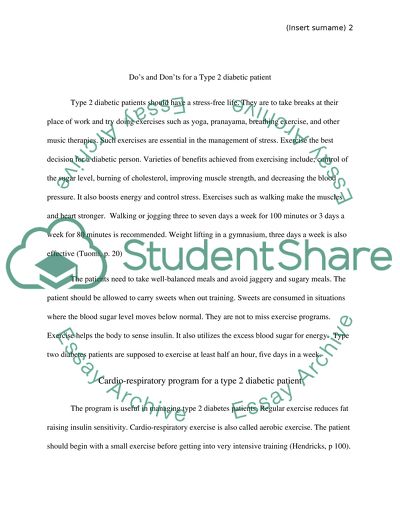Cite this document
(“Program for clients who have an ACL tear Research Paper”, n.d.)
Retrieved from https://studentshare.org/health-sciences-medicine/1662039-program-for-clients-who-have-an-acl-tear
Retrieved from https://studentshare.org/health-sciences-medicine/1662039-program-for-clients-who-have-an-acl-tear
(Program for Clients Who Have an ACL Tear Research Paper)
https://studentshare.org/health-sciences-medicine/1662039-program-for-clients-who-have-an-acl-tear.
https://studentshare.org/health-sciences-medicine/1662039-program-for-clients-who-have-an-acl-tear.
“Program for Clients Who Have an ACL Tear Research Paper”, n.d. https://studentshare.org/health-sciences-medicine/1662039-program-for-clients-who-have-an-acl-tear.


